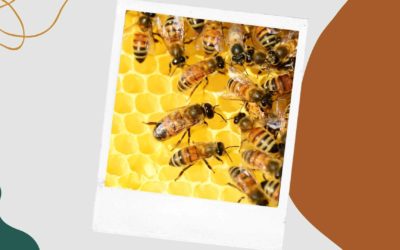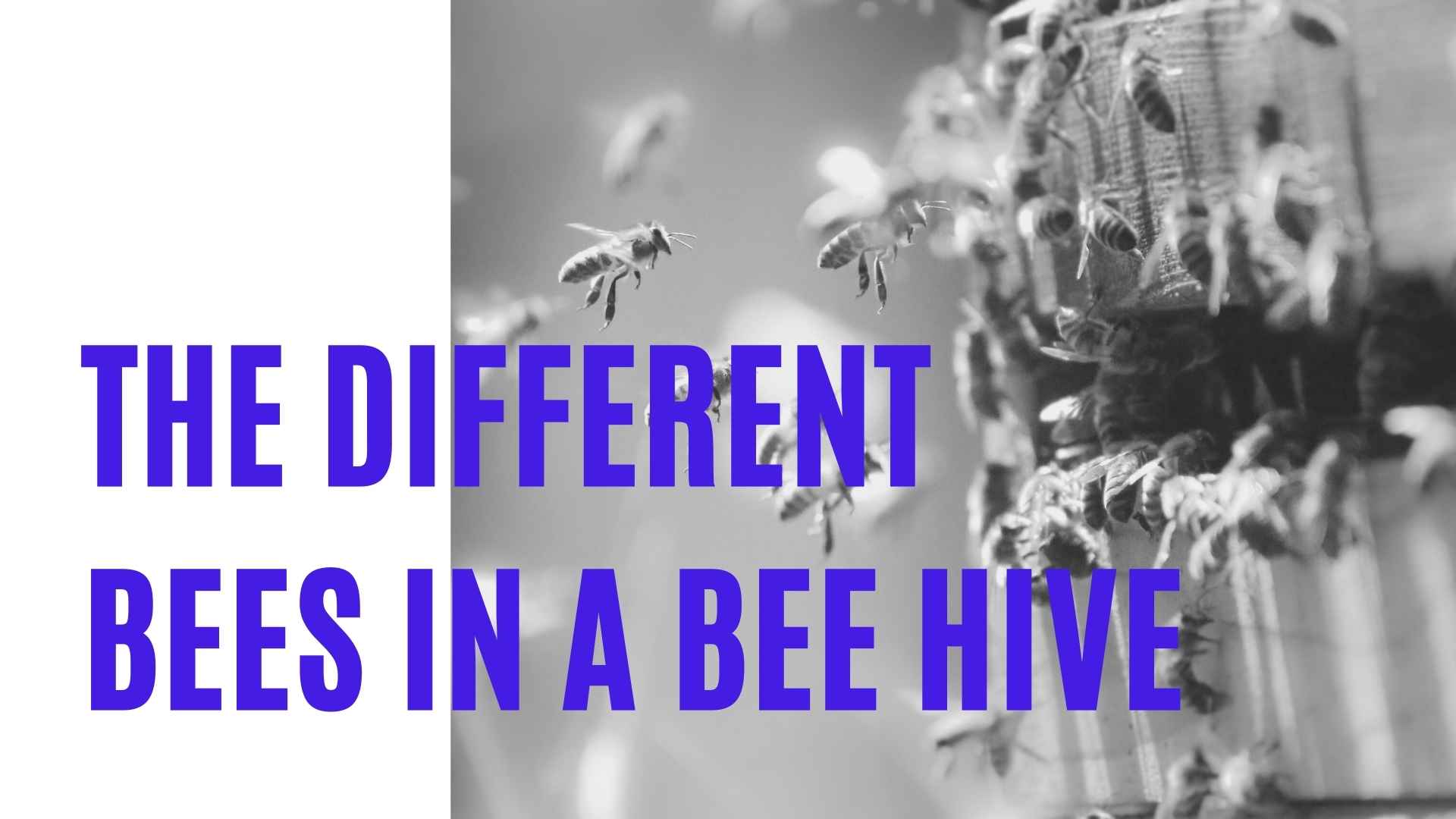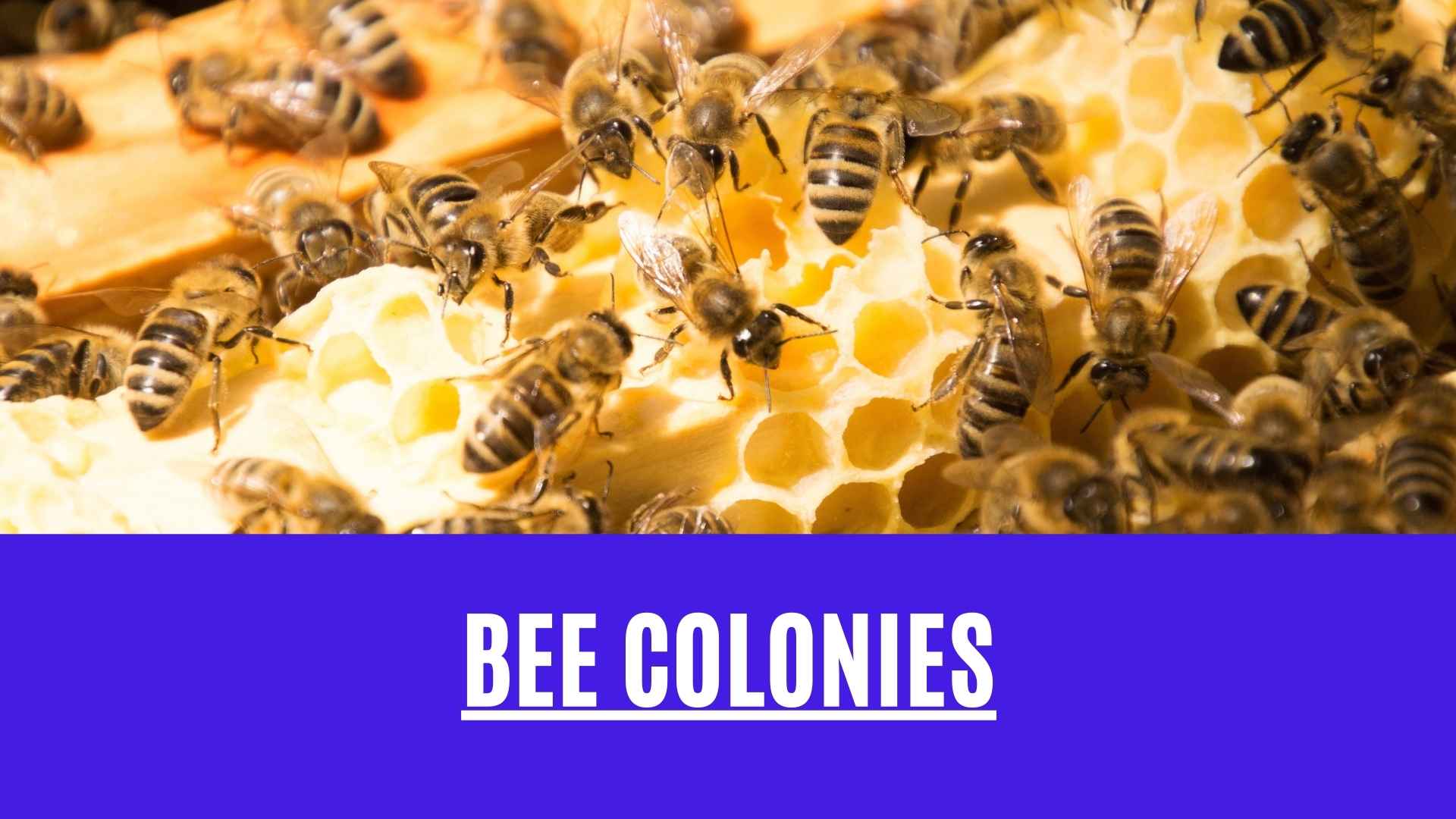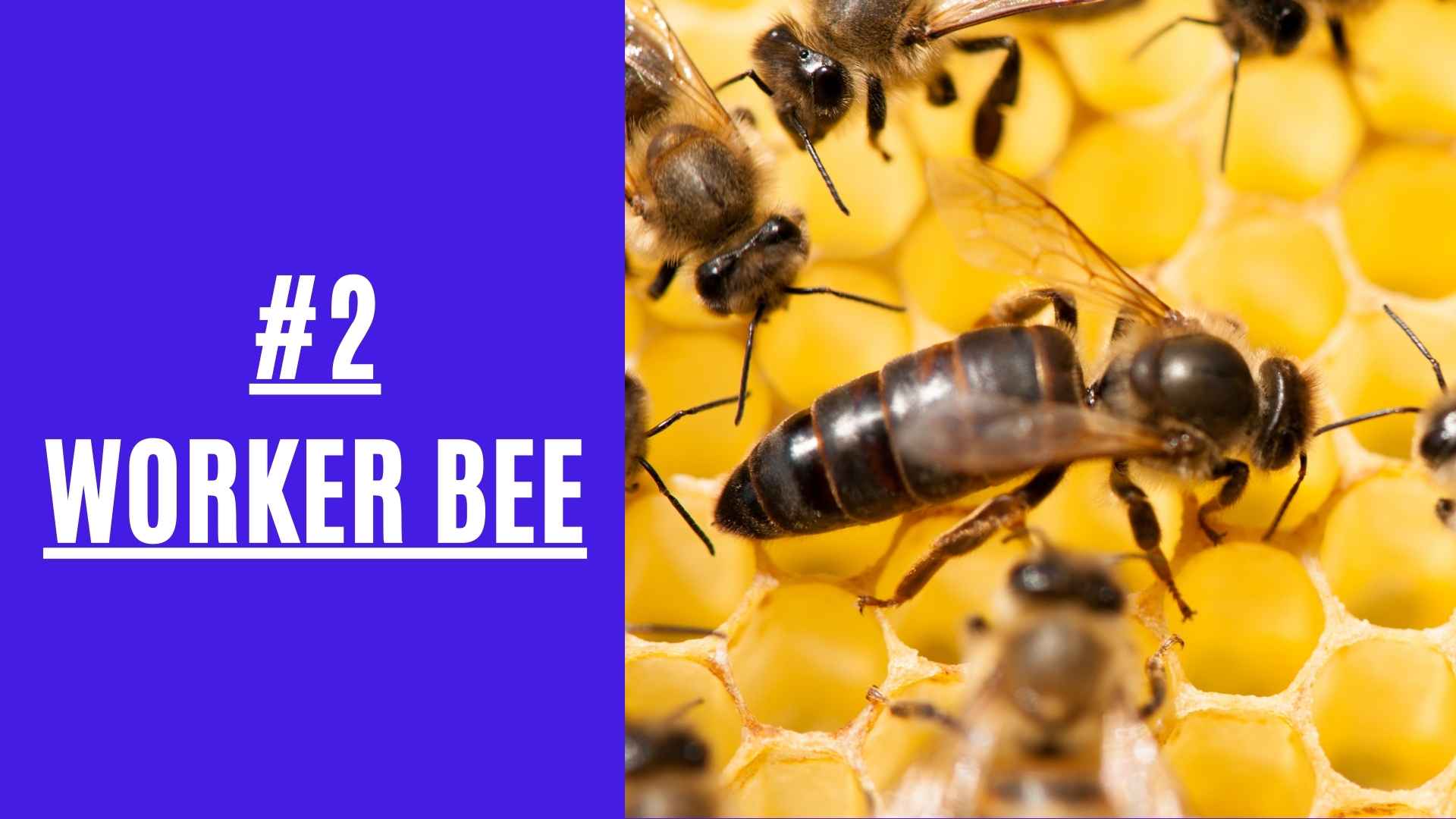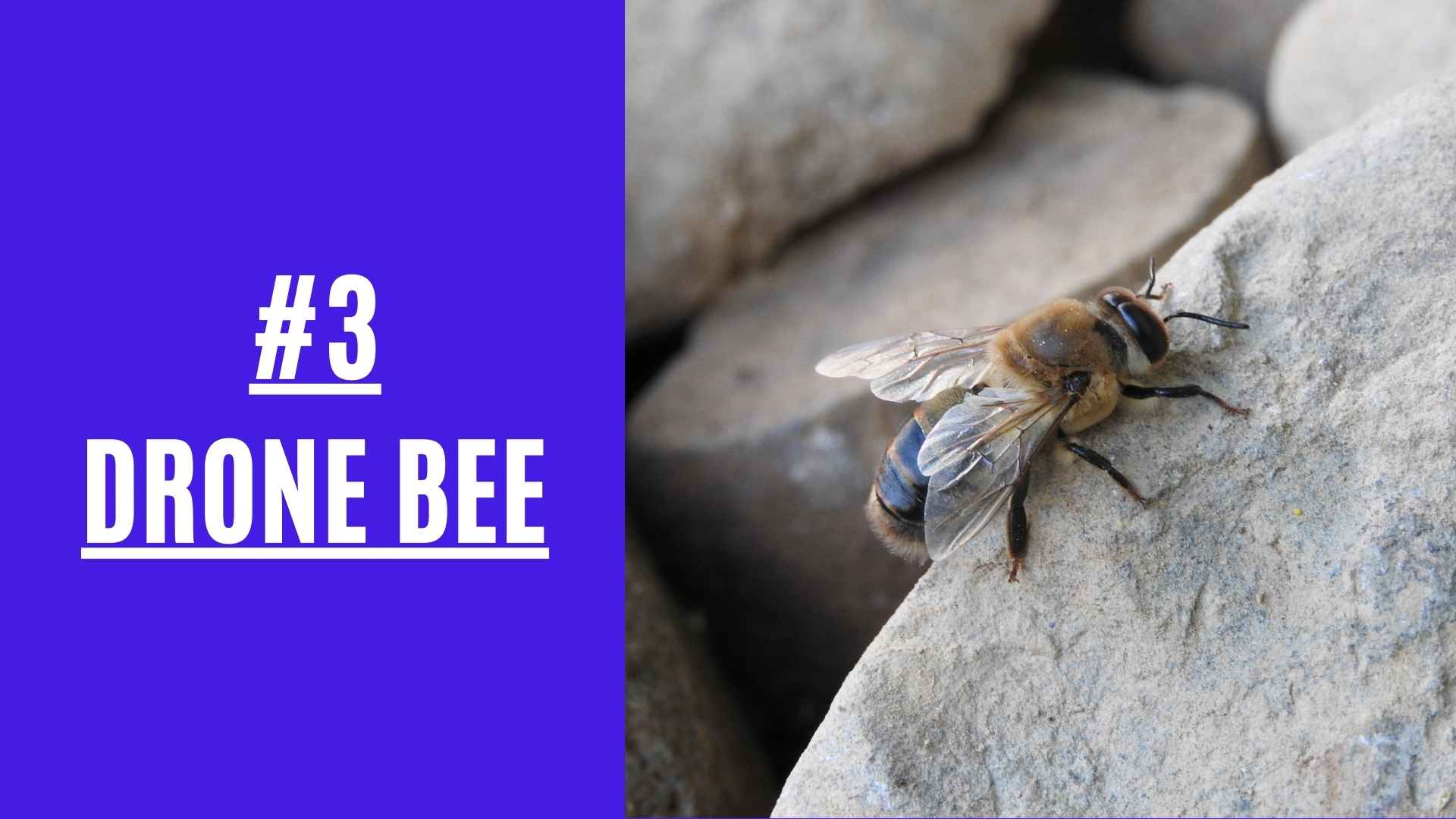Get To Know The Bees!
Similar to humans, bees have a complex social hierarchy. Each bee pitches in according to the various roles that they are assigned. If each bee plays its part, the hive can function and thrive throughout the years and seasons. In this article, follow us through the exciting journey of getting to know the different types of bees in the hive, as well as the important work that each of them does.
During winter, when resources are running low, bees begin to die off and the population dwindles to 5000 to 10000 bees. In the summer, when the flow of nectar is good, the worker bee population increases dramatically to anything between 40,000 and 80,000 bees.
Bee Colonies
As earlier mentioned, bees are surprisingly social creatures. A colony of bees is basically a family unit, where each bee plays a specific role, all working together toward the common goal of maintaining a healthy hive. With so many bees, it may not look like there is any organization at all. However, that is hardly the truth. In order to organize and coordinate activities, bees can communicate with one another is through the use of pheromones.
The Different Types Of Bees
#1 The Queen Bee
Each hive has its queen bee. Without its bee, it’s unlikely that the hive can survive.
| Identifying the queen bee | She can be recognized by her abdomen, which is usually smooth and elongated, extending well beyond her folded wings. |
| Role of the queen bee |
The queen bee’s main role is to allow for reproduction within the hive. Typically, the queen is the only reproductive female in the colony. Egg-laying begins in early spring, initiated when the first fresh pollen is brought home by the workers. Egg production will continue until fall, or as long as pollen is available. At its peak, the queen can lay almost as many as 2000 eggs a day. A queen bee can live for up to five years, but her period of usefulness rarely exceeds two or three years. Younger queens produce many more eggs, and older ones may produce excessive drones. Many beekeepers re-queen their colonies every year or two. Older queens are often superseded (replaced) by the workers without any assistance, or even knowledge, of the beekeeper. Good quality queens can be reared by an experienced beekeeper, but a beginner will usually do better to buy good queens from a reputable producer. |
| Queen substance | The queen produces a special pheromone known as the queen substance. This is passed between various bees and workers will notice her absence within several hours because of the drop in the level of this pheromone. This allows the hive to rear yet another queen bee should it be needed. |
#2 The Worker Bee
| Identifying the worker bee | Workers are the smallest bees in the hive and are the most numerous. All workers are female and typically unable to mate. |
| Role of the queen bee | The worker bees pretty much do most of the important work within the hive. They secrete wax to form the honeycombs and to cover the cells. They also forage for nectar and pollen used to feed the bees and produce honey. If the bees or the larvae have any needs, the worker bees are also the ones to call. |
| Worker bee lifespan | Workers are typically reared in the spring and early summer. They tend to live for quite a short time, about 5 to 6 weeks. During that time, the first two weeks are spent as being house bees, doing tasks within the hive. Afterwards, the bees become field bees, foraging in the fields for nectar and pollen. |
#3 The Drones
| Identifying the drones | Drones are male honey bees. They are much larger and stouter than the worker bees. |
| Role of the queen bee | The drones’ main purpose is to fertilize the queen bee. Drones do not tend the brood, produce wax, or collect pollen or nectar. They will feed themselves directly from honey cells in the hive, or beg food from worker bees. |
| Drone bee lifespan | Typically, drone bees are reared in the spring and summer. This begins about 4 weeks before the new queens are produced, ensuring that there are sufficient numbers of drone bees to fertilize the queen bees. A colony that has lost its queen may develop laying workers, who can produce only drones. When this occurs, the colony is effectively doomed. |
Conclusion
We hope this article has shown you that the hive is way more complicated than you might have originally anticipated. All of this coordination between the different types of bees is what allows you to obtain the honey we all covet. Try out some of our honey today!

